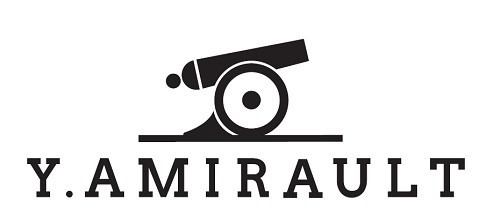
Domaine Yannick Amirault: Organic Excellence in the Loire Valley
Yannick Amirault is a leading winemaker in the Loire Valley, renowned for his exceptional Cabernet Franc wines from the appellations of Bourgueil and Saint-Nicolas-de-Bourgueil. The estate was founded in 1977 by Yannick Amirault, who started with just 3.9 hectares of vineyards inherited from his grandfather. Today, the domaine covers 20 hectares, including some of the most prestigious vineyard parcels in the region. Since 2003, Yannick’s son, Benoît Amirault, has joined the estate, ensuring the continuation of the family legacy.
Terroir and Vineyards
The vineyards of Domaine Amirault are planted on a mix of sandy, clay, and limestone soils that define the character of their Cabernet Franc wines. These soils, combined with the cool, continental climate of the Loire Valley, contribute to the wines’ freshness, minerality, and aging potential. Notably, parcels like Le Grand Clos, Les Quartiers, and La Petite Cave are situated on prized sites with diverse geological compositions, from clay-limestone to sandy clay over limestone bedrock. This diversity of terroir allows for the production of wines that are both powerful and elegant, with each parcel offering a unique expression of the land.
Organic and Sustainable Winemaking
Yannick Amirault has been a firm advocate of organic farming since the 1990s, fully converting the estate to organic practices by 2009. The Amiraults also follow biodynamic principles, including working according to the lunar calendar to align with nature’s rhythms. They refrain from using synthetic chemicals in the vineyard, focusing instead on preserving the natural health of the soils and vines through organic treatments and traditional techniques. The estate’s commitment to minimal intervention is reflected in the cellar, where natural yeast fermentations and long macerations are conducted in large, open-topped oak vat.
Signature Wines
Domaine Amirault produces a range of wines that showcase the versatility of Cabernet Franc. Some of their standout cuvées include:
- La Source from Saint-Nicolas-de-Bourgueil, known for its freshness and fruit-forward profile, often attributed to the sandy soils.
- Côte 50 from Bourgueil, a more structured wine, thanks to its clay-limestone terroir.
- Le Grand Clos, a deep and complex wine aged in oak, with flavors of dark fruit, earth, and spices.







